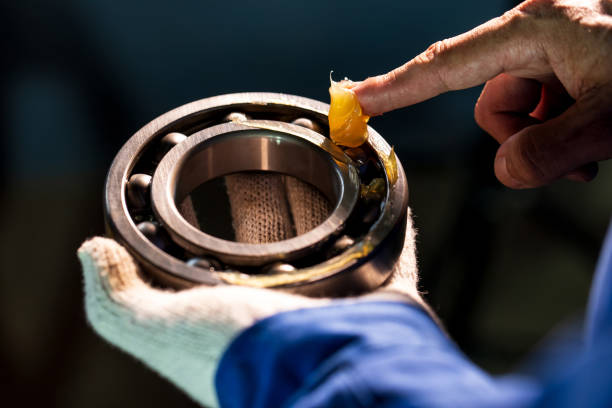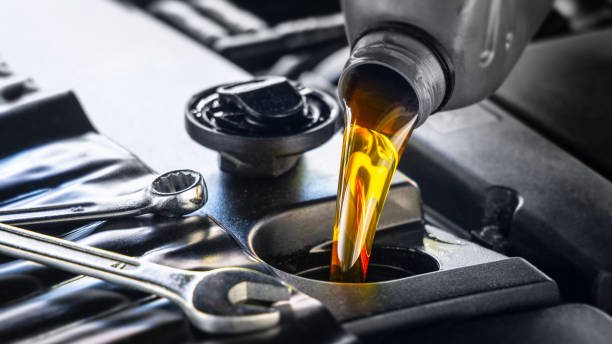News Center
Grease or oil? How to select the right lubricant for automotive bearings?
2025-03-27
Selecting the proper lubricant for automotive bearings is critical to ensuring performance, longevity, and efficiency. Both grease and oil are commonly used, but their selection depends on several factors, including operating conditions, load, speed, and temperature.
Grease vs. Oil: Key Considerations
1. Operating Conditions
- Grease is ideal for applications where frequent re-lubrication is impractical. Its semi-solid nature helps it stay in place, making it suitable for sealed or shielded bearings.
- Oil is preferred in high-speed or high-temperature environments where efficient heat dissipation is needed, such as in transmission systems or wheel bearings.

2. Load and Speed
- High-load, low-speed applications (e.g., suspension systems) often use grease with extreme pressure (EP) additives.
- High-speed bearings (e.g., turbochargers) typically require low-viscosity oils to reduce friction and heat buildup.
3. Temperature Range
- Synthetic greases perform better in extreme temperatures (both high and low), while mineral-based oils may need viscosity modifiers for wide operational ranges.
4. Sealing and Contamination Resistance
- Grease provides better resistance to dirt and moisture, making it suitable for off-road or harsh environments.
- Oil systems require proper sealing but allow for better filtration and cooling in precision applications.

Industry Trends
With the rise of electric vehicles (EVs), lubricant manufacturers are developing low-friction, electrically compatible greases and oils to meet the demands of high-RPM motors and reduced maintenance requirements.
Experts recommend consulting OEM specifications and conducting real-world testing to optimize lubrication choices for each automotive application.
Stay tuned for more updates on automotive engineering advancements!